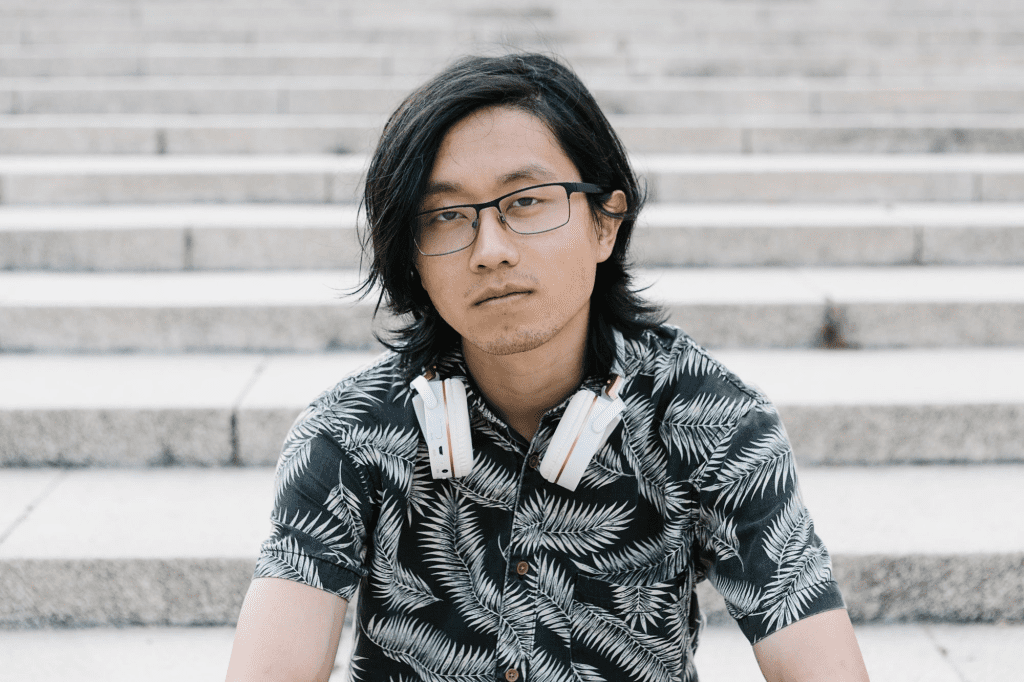Diving into the world of Pinoy haircuts and trendy hairstyles for men, it’s fascinating how much has evolved from the classic barber’s cut to more different and expressive styles. As a Filipino myself, I’ve seen the signature haircut transform from just a necessity into a fashion statement. Whether you’re searching the internet for “Filipino hairstyles male” or “Filipino men haircut,” there’s a rich variety to explore.
In this roundup, we discuss not just the traditional barber’s cut, but also delve into the bunot haircut and kimpy hair. These styles are not just about looking good; they’re a nod to our culture and heritage. It’s intriguing to try and experiment with these styles that reflect both our past and our aspirations. For instance, the bunot haircut, often seen as a childhood rite of passage, has evolved into a fashion-forward look. Similarly, kimpy hair, once a staple in 90s Pinoy pop culture, has made a comeback with modern twists.
Remember, the key is not just to follow a hair trend but to find a style that resonates with your personal identity. As we continue to embrace our roots and modern influences, Pinoy haircuts and styles remain a vibrant and ever-evolving part of our identity. So next time you visit your barber, why not step out of your comfort zone and try something uniquely Pinoy?
Contents
- Pinoy Haircut for Men
- Pre-1920s Pinoy Haircut for Men: The Curtain Haircut
- 1950s Pinoy Hair Trend: Pompadour
- 1970s Pinoy Haircut: Bowl Cut or Bunot Haircut
- 1980s Pinoy Hair Trend: Long Hair, Don’t Care!
- 1990s Pinoy Hair Trends: Short, Flat, Spiky, Barber’s, Buzz, and Crew Cut
- 2000s and Beyond: The Man Bun, Undercut, and Pinoy Haircut 2021
Pinoy Haircut for Men
Quick Summary
- Evolution of Pinoy haircuts: From classic barber’s cuts to modern man buns and undercuts.
- Decade-wise influence: 1950s’ pompadour to 1990s’ short, spiky trends.
- Personal style: Choosing haircuts that reflect individual personality and lifestyle.
Pre-1920s Pinoy Haircut for Men: The Curtain Haircut


Reflecting on the Pre-1920s Pinoy haircut for men, the curtain haircut stands out with its iconic middle part, a style prevalent in the early 1900s. This look made a striking comeback in the ’90s, thanks to Pinoy teen heartthrobs who recreated it for a Saturday afternoon rom-com series. The modern version forgoes heavy pomade in favor of volume and a more casual brush-up style.


Also known as kachupoy or kimpy hair, named after famous Filipino actors of the era, this style has undergone a modern take. Today’s interpretation shuns the gloss for a matte finish, adding texture for a relaxed and up-to-date look. To achieve this, one can use a straightening iron to clamp a small section of hair, then curl it. After finger-combing the curls to loosen them, the tousled waves lend a fresh, modern twist. This haircut is also adaptable for those with natural curls or kulot hair, where keeping the curls neat and using finishing products like hair wax or hair gel can enhance the look.
1950s Pinoy Hair Trend: Pompadour
The 1950s marked a distinctive Pinoy hair trend with the introduction of the pompadour. This hairstyle, characterized by its slicked-back look, features a heavy and lengthy front bed of hair. It’s a sleek and elegant style that fits perfectly whether you’re at work or on a date.


Taking a modern take on the pompadour, the essence of its rockabilly vibe is maintained, but with an update. The contemporary version emphasizes short sides while keeping the top section styled with pomade or gel. This revamp not only respects the original charm of the 50s pompadour but also adds a fresh twist, making it a timeless choice for today’s fashion-conscious man.
1970s Pinoy Haircut: Bowl Cut or Bunot Haircut
The 1970s brought a unique Pinoy haircut that many in the Philippines remember fondly from their childhood – the bowl cut or bunot haircut. This famous style, often a staple for every child in the Philippines, got its name from the simple idea of placing a bowl on the head and chopping the hair around it. It resembled a coconut husk or bunot, and also drew inspiration from the mop-top hairstyles of the 1960s.


In its modern take, this nostalgic haircut takes a trendy twist by adding texture, akin to a K-pop star. The textured bowl cut offers a stylish solution, especially for those with thin hair, preventing it from appearing limp and lifeless. This contemporary version keeps the essence of the 70s alive while adapting to the modern aesthetics of today’s fashion.
1980s Pinoy Hair Trend: Long Hair, Don’t Care!
The 1980s was an era that defined many Pinoy hair trends, with long hair being a standout. This period was marked by spandex, short basketball shorts, high socks, and a significant rock music influence. The mullet, with its unique long-in-the-back and short-in-the-front style, was the hallmark of this decade, popularized by various celebrities.


Embracing a modern take on this classic look, the mullet remains still cool today. To achieve this, let the back section of your hair grow until it covers your nape, while having the sides cut a few inches shorter or in layers. The final touch is to leave your hair down and a bit scrunched, creating a relaxed yet edgy appearance. This contemporary version pays homage to the 80s while staying fresh and relevant in today’s style landscape.
1990s Pinoy Hair Trends: Short, Flat, Spiky, Barber’s, Buzz, and Crew Cut
The 1990s witnessed a shift in Pinoy hair trends, embracing short, flat, spiky, and precise styles like the Barber’s, buzz, and crew cut. These Filipino haircuts were heavily influenced by the era’s pop stars and boy bands, moving away from the free-flowing vibe of previous decades. Notably, the Barber’s cut and clean cut became staples for men, alongside the more utilitarian military cut and buzz cut.


A particularly noteworthy style is the Barber’s Cut, known for its short sides and back cut. This standard haircut, crafted by the skilled barbero, employs the 2×3 method: trimming two fingers off the sides and three fingers off the back. This measurement technique is widely understood across the Philippines, resulting in a versatile fade that can be styled into various other looks, catering to different face types.
2000s and Beyond: The Man Bun, Undercut, and Pinoy Haircut 2021
In the 2000s and the years beyond, we’ve seen an eclectic mix in Pinoy haircuts. The man bun and undercut represent a significant part of this era. The man bun encapsulates the long hair sensibility of the ’80s, repackaged into a more stylish and practical hairstyle. Meanwhile, the undercut has found its niche within hair trends, offering fades and variations that range across the hairstyle spectrum from polished to edgy.


A modern take on these styles allows for the combination of elements from different eras to create one’s own look. For instance, a short haircut with short sides and back, leaving the top section long, can be styled into a man bun braid. This approach not only adds personality to the look but also reflects a blend of the past and the present, showcasing how hair trends evolve while retaining their roots in Filipino culture.
Now that we’ve delved into the history of Pinoy haircuts, it’s clear that there’s a rich tapestry of ideas to consider the next time you visit your barber. Choosing your favorite haircut is more than just a style decision; it’s about finding a look that truly suits your lifestyle and personality.
It’s essential to remember that the best hairstyle for you is one that you can rock comfortably. Don’t be afraid to have fun with these ideas, mixing and matching elements to create something that resonates with who you are. Whether it’s a sleek pompadour, a casual man bun, or a classic barber’s cut, your hair is an extension of your identity. So, embrace these styles and make them your own.
Read Also: 19 Must-Try Pinoy Men Hairstyles for a Fresh Look
